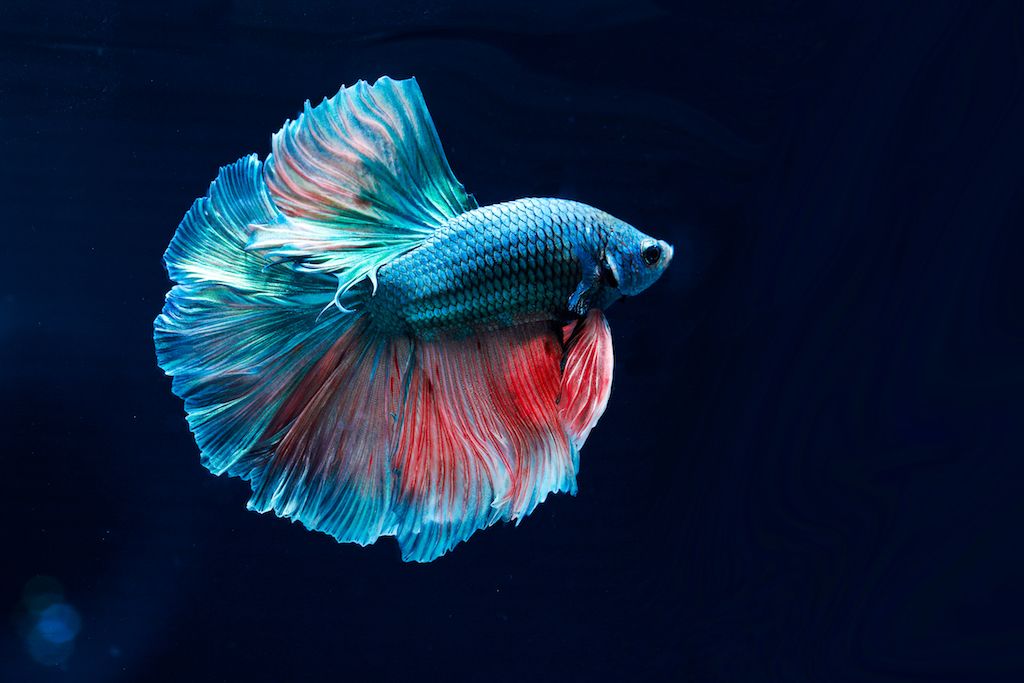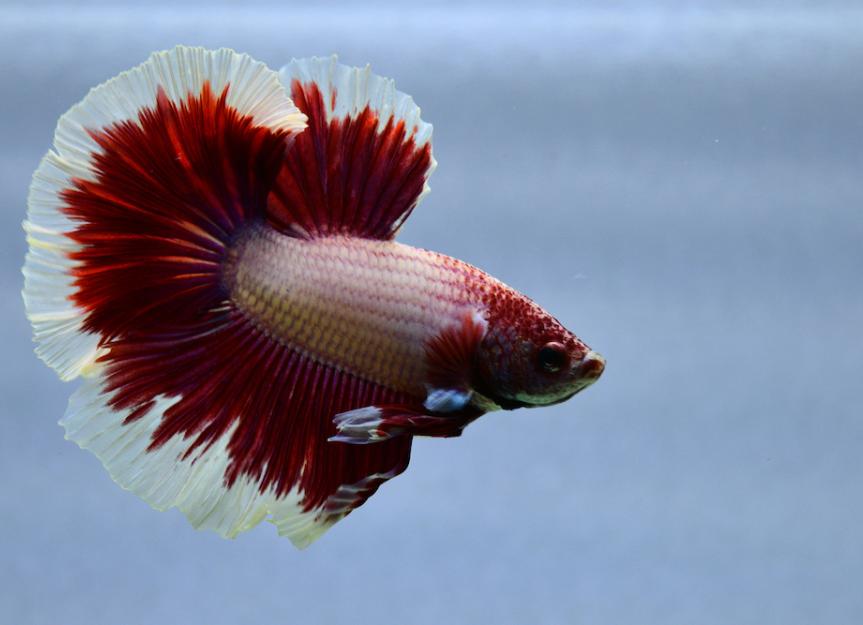Betta Fish Care: Necessary Tips for a Healthy and Delighted Animal
Betta Fish Care: Necessary Tips for a Healthy and Delighted Animal
Blog Article
Reproducing Betta Fish: a Comprehensive Step-By-Step Overview to Efficiently Raising Infant Bettas From Eggs to Their Adult Years
Breeding Betta fish is a precise venture that needs cautious planning and execution to make sure the successful advancement of fry from eggs to develop fish. As the male Betta faithfully constructs a bubble nest and guards the precious eggs, the subsequent stages of treatment and change need focus to information and expertise of ideal techniques.

Selecting Reproduction Pairs
When beginning on the journey of breeding Betta fish, choosing the best reproduction sets is important to achieving preferable qualities and a healthy lineage - betta fish. The very first step in this process is to recognize the certain traits you desire to improve or protect, such as shade, fin kind, and body shape. It is important to pick genetically diverse sets to prevent inbreeding, which can result in wellness problems and unwanted attributes
Evaluate prospective reproducing prospects meticulously. A healthy male Betta needs to exhibit lively colors, an active behavior, and well-formed fins, while the woman needs to also show vibrant coloration and a rounded stubborn belly, indicating preparedness for spawning. Observing the personality of both fish is essential, as hostile or overly timid people may not breed effectively.
Documentation of family tree is just as important. Keeping documents of the moms and dad fish's ancestry can help you track hereditary qualities and possible problems. Additionally, get in touch with reliable dog breeders or on-line sources for advice on choosing suitable pairs. Inevitably, investing time in the selection procedure will substantially boost the probability of generating strong, vivid offspring that satisfy your reproduction objectives (betta fish).

Preparing the Breeding Storage Tank
Producing an optimal reproduction setting is an essential step after picking suitable pairs for Betta fish. The reproduction storage tank need to be particularly developed to provide convenience and promote the natural reproduction behaviors of the fish. Beginning with a tank size of at the very least 10 gallons to guarantee ample room for both the male and women Bettas.
Maintain a mild filtration system to maintain the water clean while staying clear of strong currents that can emphasize the fish. Additionally, an air rock can be added to give oxygenation without interrupting the water surface area excessive.
Temperature guideline is crucial; go for a secure range of 78-82 ° F(25-28 ° C) utilizing a dependable heating system. The pH level need to be maintained in between 6.5 and 7.5, and normal water changes are needed to ensure high water high quality.
Incorporate floating plants or spawning sponges to develop hiding areas for the lady, while likewise encouraging bubble nest building by the man - betta fish. Ultimately, guarantee the storage tank is devoid of sharp decorations and any type of possible risks, as the well-being of the fish need to constantly be prioritized during this essential stage of breeding.
The Reproduction Refine
Generally, the reproducing process for Betta fish involves a series of distinct and observable behaviors that suggest readiness for reproduction. The male Betta begins by developing a bubble nest at the water's surface, which acts as a site for the fertilized eggs. This nest is important, as it supplies a risk-free atmosphere for the eggs up until they hatch.
Once the nest is established, the male will show courtship habits, such as flaring his fins and displaying dynamic have a peek at this website colors to attract the lady. The woman, upon picking up the male's readiness, will react by presenting upright stripes along her body, signaling her receptiveness.
When the female methods, the male participates in a breeding dancing, commonly causing a welcome referred to as the "spawning." During this embrace, the lady launches her eggs, which the male fertilizes right away. The fertilized eggs then are up to the bubble nest, where the male meticulously gathers and returns them to the nest. Following this, the male assumes duty for safeguarding the nest and making certain the security of the eggs until they hatch out, normally within 24-36 hours. This stage is critical in the reproducing process, laying the structure for effective fry growth.
Taking Care Of Betta Fry
Caring for Betta fry requires cautious focus to their environment and nutrition to make sure healthy and balanced growth and growth. After hatching out, Betta fry are incredibly little and at risk, necessitating a stable and clean habitat.
Feeding Betta fry is equally crucial. Initially, they ought to be used infusoria or carefully smashed top quality fry food, as their mouths are as well little to manage larger particles. As they expand, you can progressively introduce bigger foods, such as infant salt water shrimp or powdered flakes, to ensure they get visit this website ample nourishment. Feed them little amounts a number of times a day, taking care not to overfeed, which can cause water top quality problems.
Transitioning to Adult Bettas
As Betta fry mature, transitioning them to adult Bettas is an important stage that needs careful management of their setting and social communications. This process typically begins when the fry get to around 6 weeks of age, go at which point they can be gradually presented to a much more structured living atmosphere.
To promote this shift, it is necessary to make certain that the water specifications-- such as temperature level, pH, and ammonia levels-- are optimum and steady. Grown-up Betta fish flourish in cozy water (around 78-80 ° F) with a pH of 6.5 to 7.5. Slowly acclimate the fry to these problems to minimize stress and anxiety.
Social communications are another crucial element; man Bettas are notoriously territorial and hostile. It is advisable to separate men right into private storage tanks as they mature. Female Bettas can be housed with each other, yet care must be required to keep track of for indicators of aggression.
In addition, nutritional modifications need to be made as the fry expand. Incorporate premium pellets and live foods to sustain their growth and health. By handling these aspects properly, you can promote a successful shift to the adult years for your Betta fish.

Conclusion
Successful breeding of Betta fish calls for mindful focus to information throughout the whole process, from selecting genetically diverse pairs to supplying ideal look after fry. By making sure appropriate breeding problems and keeping water top quality, the possibility of healthy offspring increases significantly. In addition, a well balanced diet plan and gradual adjustment to grown-up atmospheres are essential for the growth and advancement of Betta fish. Following these actions carefully fosters a thriving populace of Betta fish, boosting both their wellness and vitality.
Report this page